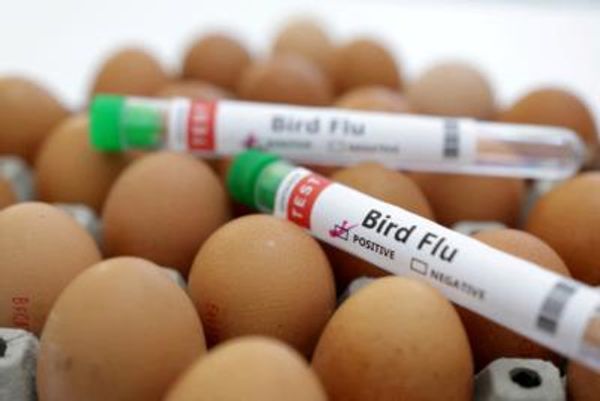
In China this weekend, hundreds of millions of people began travelling in preparation for the January 22 Lunar New Year — also known as Spring Festival — the country’s main annual holiday.
It’s the first Chinese New Year since 2019 without hefty travel restrictions and comes just weeks after Beijing executed a sharp U-turn on the zero-COVID policy, which was proving an increasingly thorny problem for the nation’s struggling economy.
This massive migration is already exacerbating the country’s devastating COVID wave, one already sweeping across the impoverished rural interior, and could exacerbate the economic fallout from China’s lurching COVID policies on Australia and the rest of the world.
On Friday, the New York Federal Reserve said that “while supply chain disruptions have significantly diminished over the course of 2022, the reversion of the index toward a normal historical range has paused over the past three months”. It added that “our analysis attributes the recent pause largely to the pandemic in China amid an easing of ‘Zero COVID’ policies”.
COVID infections have pummeled the country’s workforce, especially in the factories and logistics networks powering its world-leading exports, with reports stating that in some regions more than half the workforce is affected by COVID. China’s factory activity contracted for the third month in a row in December 2022, and on a monthly basis is diminishing faster than at any point during the past three years.
At least three major Chinese ports, Shanghai, Shenzhen and Qingdao — each in the world’s top six container ports — have reported supply chain delivery problems. And as factories have slowed production due to increasing COVID infections, the Chinese New Year slowdown will force them to cancel or delay production into February.
In the end, Beijing had little choice in dumping its zero-COVID policy in mid-December. It was undermining an economy already slowing for long-term structural reasons, especially the unwinding of its unsustainable property boom.
Lockdowns were cutting exports and retail sales as well as inflaming social tensions, which recently led to unprecedented street protests against the government. They were mainly against Beijing’s harsh COVID management, but some of the unrest spilled into broader critiques of Chinese Communist Party (CCP). These spread quickly on social media before censors could hose them down.
Last week Federal Treasurer Jim Chalmers warned that China’s COVID-related supply chain issues would affect Australia.
“The impact of COVID on China and on supply chains is one of the key risks to our economy in 2023,” Chalmers said.
“We are heavily reliant on Chinese markets and Chinese workforces for a lot of the goods in our economy. It’s really right across the board.”
Chinese supply chain shortages have been hardest felt in sectors such as pharmaceuticals, where China and India account for more than 60% of the supply of active pharmaceutical ingredients. COVID is also increasingly triggering subsequent infections, causing a spike in demand as supply issues continue to plague the sector.
Countries such as the United States and United Kingdom have already experienced shortages in antibiotics. In the lead-up to Christmas, the Therapeutic Goods Administration said that popular medications, such as antibiotics cefalexin and amoxicillin, were in short supply.
But longer term, China’s opening up to the world after three years is expected to lead to the export of more inflation to a global economy, one already struggling with surging prices in the wake of Russia’s ongoing invasion of Ukraine.
Still, if the pandemic has taught businesses one thing, it’s the diversification of their supply chains and wariness on overreliance on one supplier or country.
The human implications of China’s “let it rip” decision are devastating; hospital and funeral parlours have been overwhelmed in recent weeks. It is unlikely we will ever know the full extent of the tragedy inside the country, with the CCP withholding any credible information on death and injury tolls.
One potential upside to China’s rapid-fire removal of all COVID restrictions is that international travel is once more available to its citizens. Spring Festival is the most popular time of year for Chinese people to take international trips, and Australia has long been a popular destination. Prior to COVID, China was Australia’s primary source of tourists.
Canberra’s decision to introduce mandatory COVID-19 testing for Chinese tourists and business visitors last week may have invoked the ire of Beijing, but it does not appear to have dampened enthusiasm for people to visit Australia.
Still, the economic news for Australia from China has not been all bad, with signs last week that a drought-induced hydroelectricity shortage in the Middle Kingdom has reopened the door to Australian coal. But China’s trade restrictions have also forced once-complacent exporters to find new markets, so reliance on China — on both sides of the import/export equation — is not quite what it once was.







